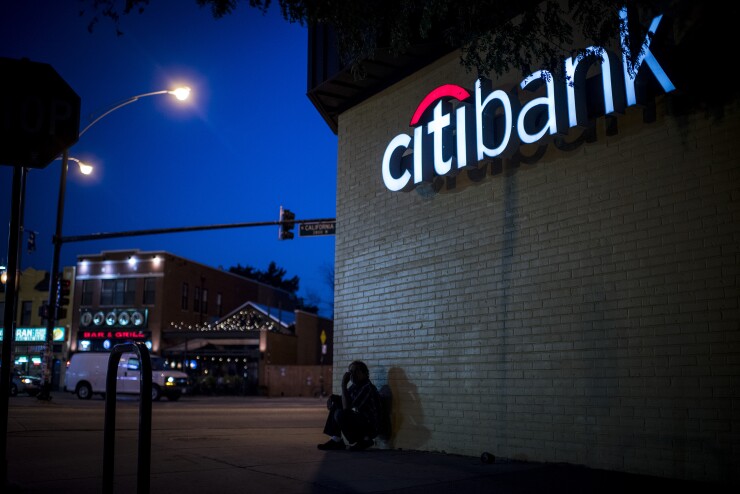Banks and fintechs are competing heavily to modernize cross-border payments, and Citi is using its upgraded treasury unit to add speed to its own international cross-border digital payments capabilities in more than 60 countries.
The bank's Treasury and Trade Solutions (TTS) unit and WorldLink cross-border payment product will power the move into ten additional markets in Europe, the Middle East and Africa (EMEA); with nine cross-border ACH corridors planned for early 2018. This will power cross-border ACH in 34 currencies in 60 countries. WorldLink offers reporting, security and compliance in different jurisdictions with a grand total of 135 currencies in 195 countries.
It's not just a scale game. The expanded capability will provide a lower-cost option for the target markets as they digitize their own payments systems, according to Manish Kohli, global head of payments and receivables for Citi Treasury and Trade Solutions.

"We want to be the network of networks. To be the bank that connects with clearing systems and emerging technologies as they become available," said Kohli.
The goal is to make it possible to participate in a global payments network without having to deviate from local norms.
"It's a global product but we are trying to provide a local experience," Kohli said. "We want a single solution for clients in the U.S. or Europe, but where the money needs to go we want it to be local."
Citi competes against many companies that are rapidly adding technology to accommodate greater diversity in cross-border business payments as e-commerce expands.
JPMorgan Chase recently acquired
"Other banks are planning similar things," said Gareth Lodge, a senior analyst at Celent's banking group. "Banks have always offered these services, and Citi in particular, because moving money across borders is complicated and risky...having a single bank that can service all payment needs, regardless of country and provide visibility and certainly is a core requirement."
Citi's Treasury and Trade Solutions business has previously worked with
More recently, Citi developed
"Citi Payer ID is part of a strategy to offer products that are simple, global and digital across all flows," Kohli said. "Payer ID helps with collection, and this new product helps with disbursement."
Along with Bank of America and PNC, Citi was among the first beneficiaries of a Visa collaboration with
The banks are countering the encroachment of fintech startups that attack the traditional model of cross-border business payments through digital transfers, removing correspondent banks from the equation.
"Fintechs don't have their own licenses and will work through a bank to access clearing systems," Kohli said. "In many cases they work with us to get 'last mile' global payment reach."
It's part of a broader move across the payments industry to introduce more automation to
"The other way to look at this is the technology enables an even greater level of service and speed, but banks will remain a key part of the process," Lodge said. "Sending $200,000 overseas is rather different than $10. Trust, liquidity and transparency are critical."





